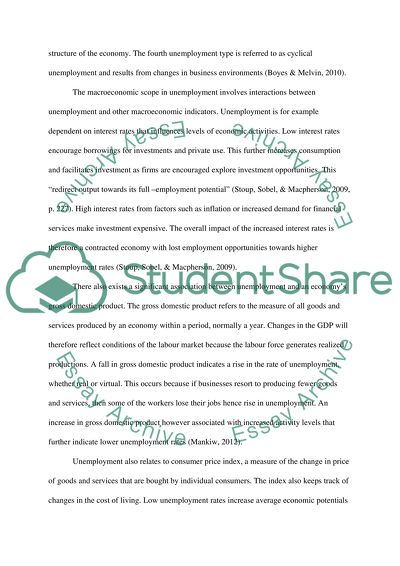Cite this document
(“Macroeconomics in unemployment Research Paper Example | Topics and Well Written Essays - 1000 words”, n.d.)
Retrieved de https://studentshare.org/macro-microeconomics/1476625-macroeconomics-in-unemployment
Retrieved de https://studentshare.org/macro-microeconomics/1476625-macroeconomics-in-unemployment
(Macroeconomics in Unemployment Research Paper Example | Topics and Well Written Essays - 1000 Words)
https://studentshare.org/macro-microeconomics/1476625-macroeconomics-in-unemployment.
https://studentshare.org/macro-microeconomics/1476625-macroeconomics-in-unemployment.
“Macroeconomics in Unemployment Research Paper Example | Topics and Well Written Essays - 1000 Words”, n.d. https://studentshare.org/macro-microeconomics/1476625-macroeconomics-in-unemployment.


